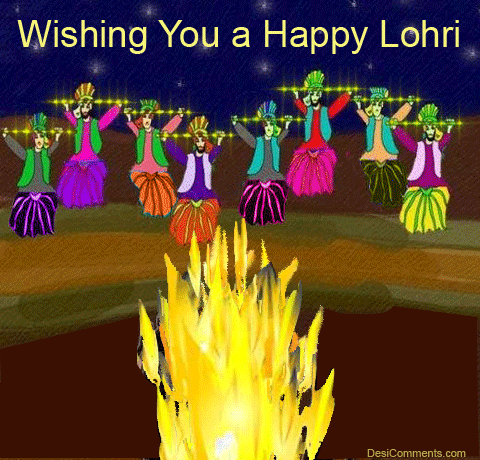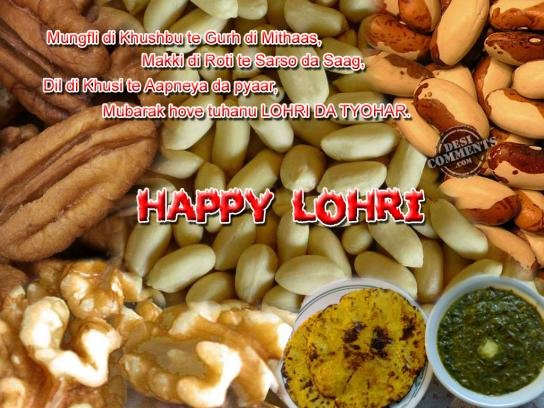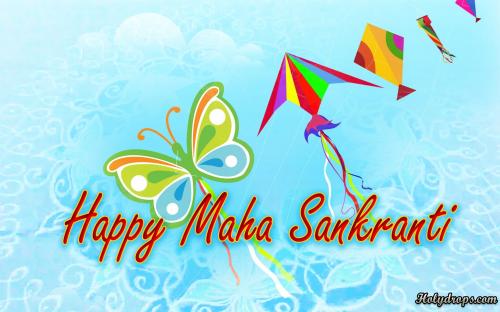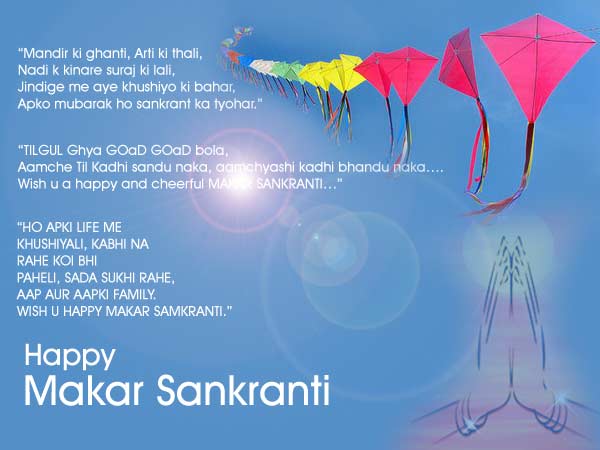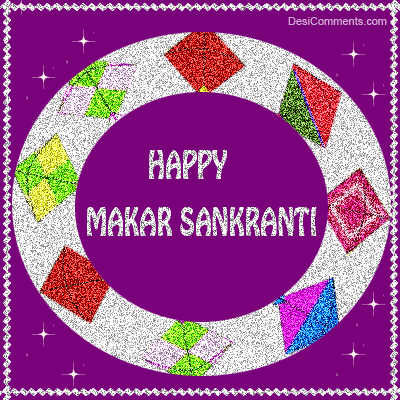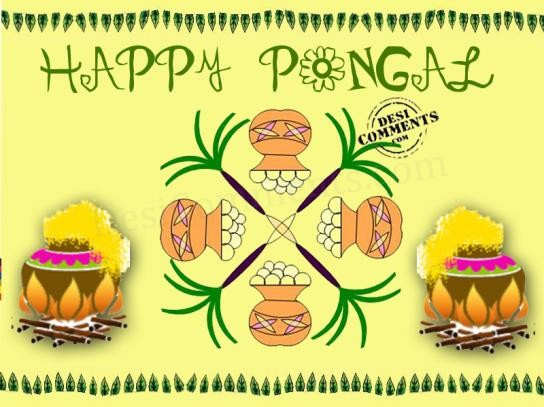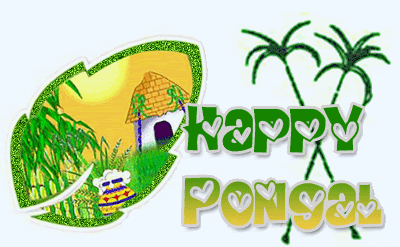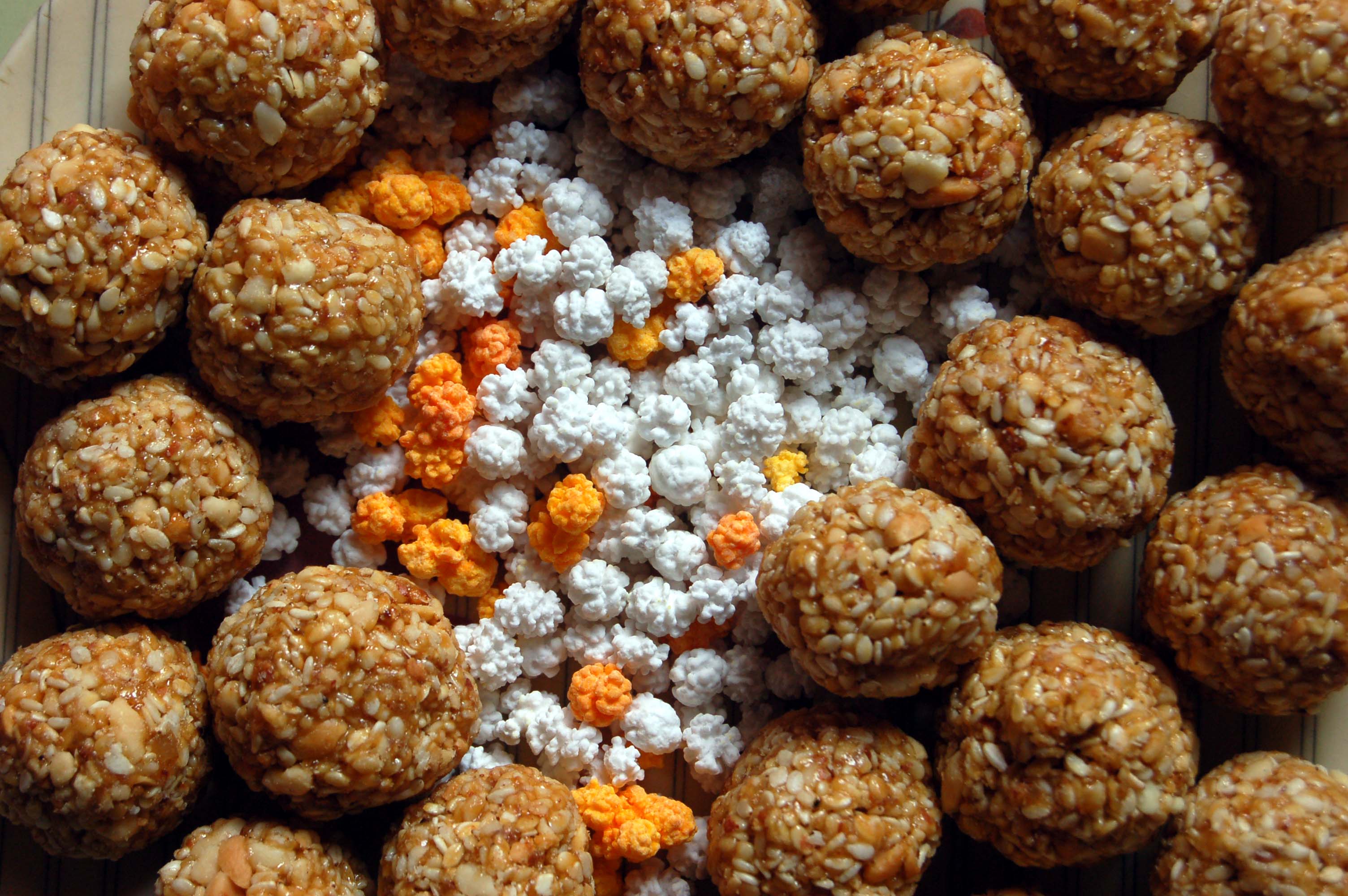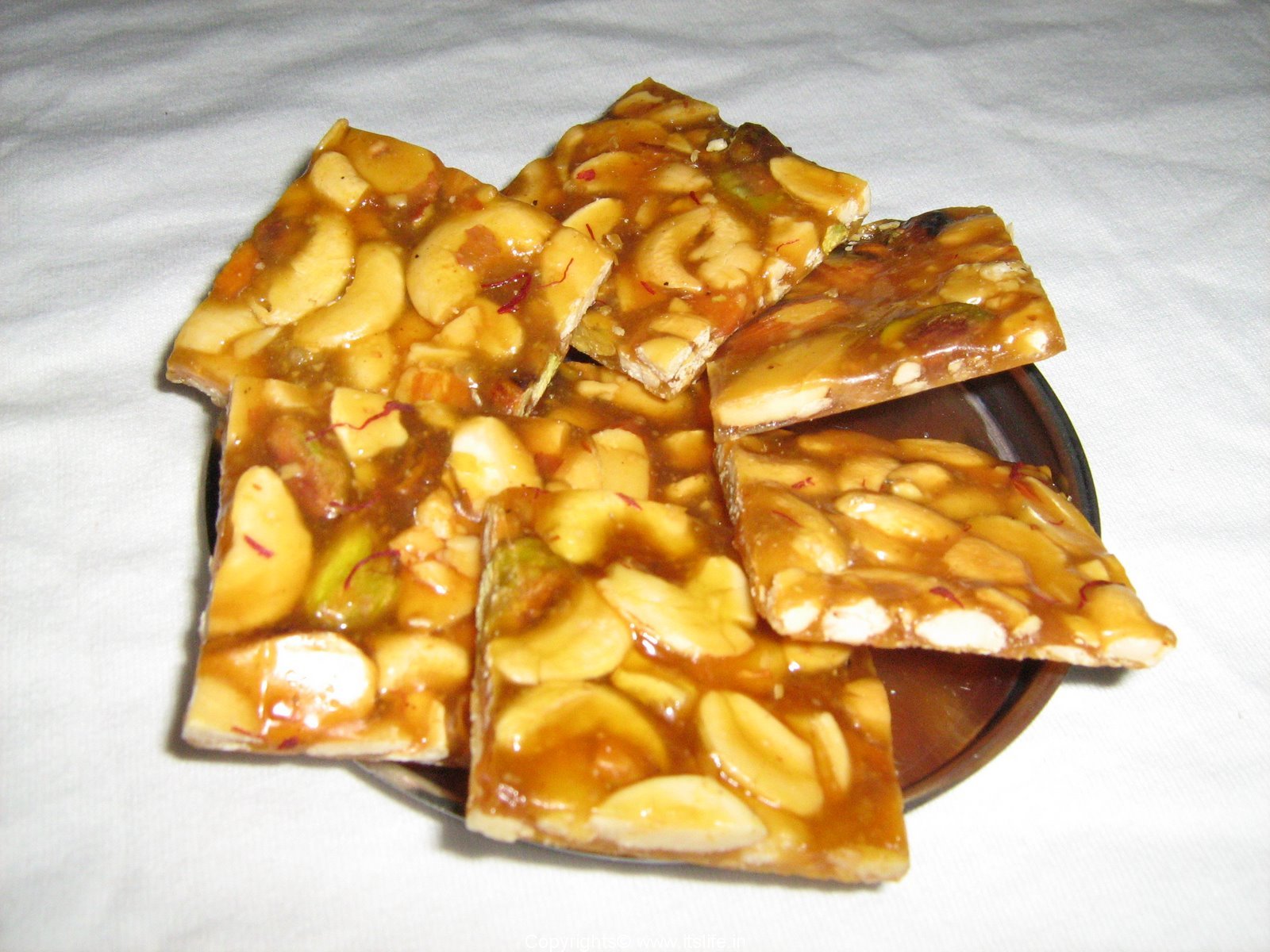













Makar Sankranti is celebrated on January 14th every year . The day when Sun moves from Sagittarius to Capricorn during the winter solstice in the northern hemisphere (Uttarayana) is known as Makar sakranti.
sankranti means movement. For the people of the northern hemisphere, the northward path of the sun means sun is getting closer to them by every passing day and the days are getting longer, a and warmer.



In Gujarat It is called uttraayan.
When sky is filled up with colorful kites. At night kites are flown with candles put in paper lanterns. Gujaratis celebrate it by inviting friends and family eating till gudd ladoos and other delicious foods.


It is celebrated in every home. Servants, farmers and the poor are fed and clothed, and given presents or money. Next day, the cows, are worshipped. Birds and animals are also fed.
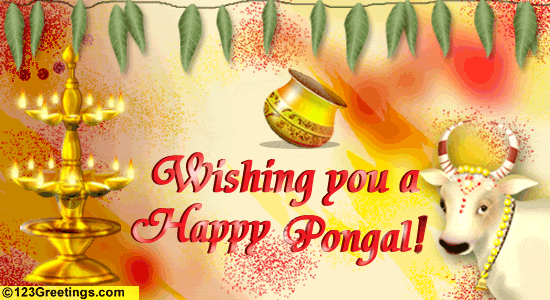
Such holy festival teaches us to feel our oneness with all creation; we learn to be unselfish and follow the path of love, purity and forgiveness. We also learn that real wealth is the goodwill and friendship of the people around us, the land on which our food grows, and the animals that help us to make our work lighter.


In Bengal known as Pous ParbonIn West Bengal, Sankranti is known as Pous Parbon - a harvest festival. Every year, a very big mela (fair) is held at Ganga Sagar which a large number of pilgrims from all over the country attend. |
In Uttar Pradesh celebrated as Khichiri
In Uttar Pradesh, Sankranti is celebrated as Khichiri.
Every twelve years at this time the Kumbh Mela is held here at Prayag in Allahabad at Uttar Pradesh. Bathing on the day of Makar Sankranti in the banks of the holy rivers is considered very auspicious. Millions of people take a dip in the holy waters on this day.


In Madhya Pradesh, Makar Sankranti is celebrated as Sukarat or Sakarat.



During the coldest month of January , Huge bonfires are lit on the eve of Sankarant and is celebrated as Lodi or Lohri. Punjabis throw Sweets, sugarcane and rice in the bonfires, around which friends and relatives gather together. The following day, which is Sankrant, it is celebrated as Magi. The Punjabi's dance their famous Jahangir dance . Then they sit down and eat the food made for this special occasion



Makar Sankranti is also celebrated by other different names in various parts of India like Orissa, Goa, Assam, the coastal regions, and even among tribals.
The traditions and celebrations might be different, but each of these festivals coveys the same message of brotherhood and peace.
Though Sankranti has various names ,but it is celebrated with great joy and vivacity in each and every part of India.










